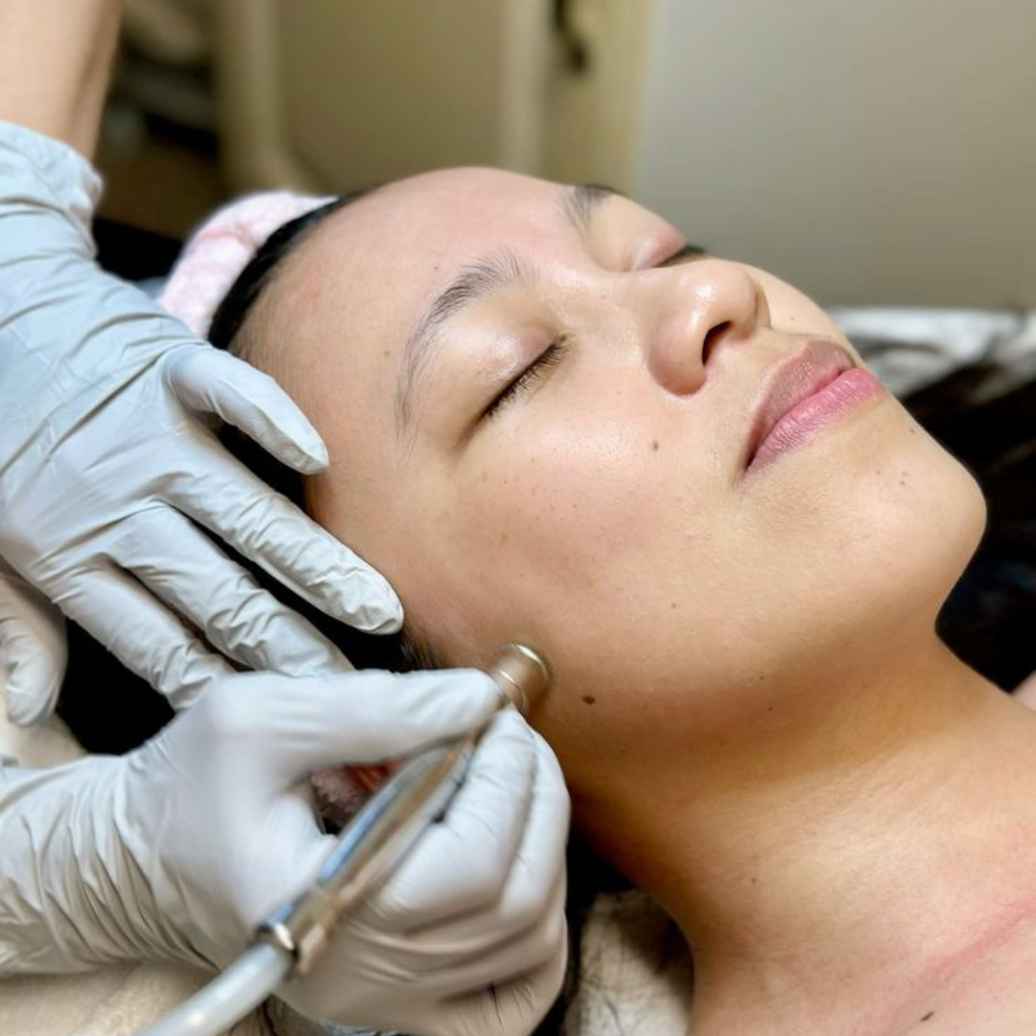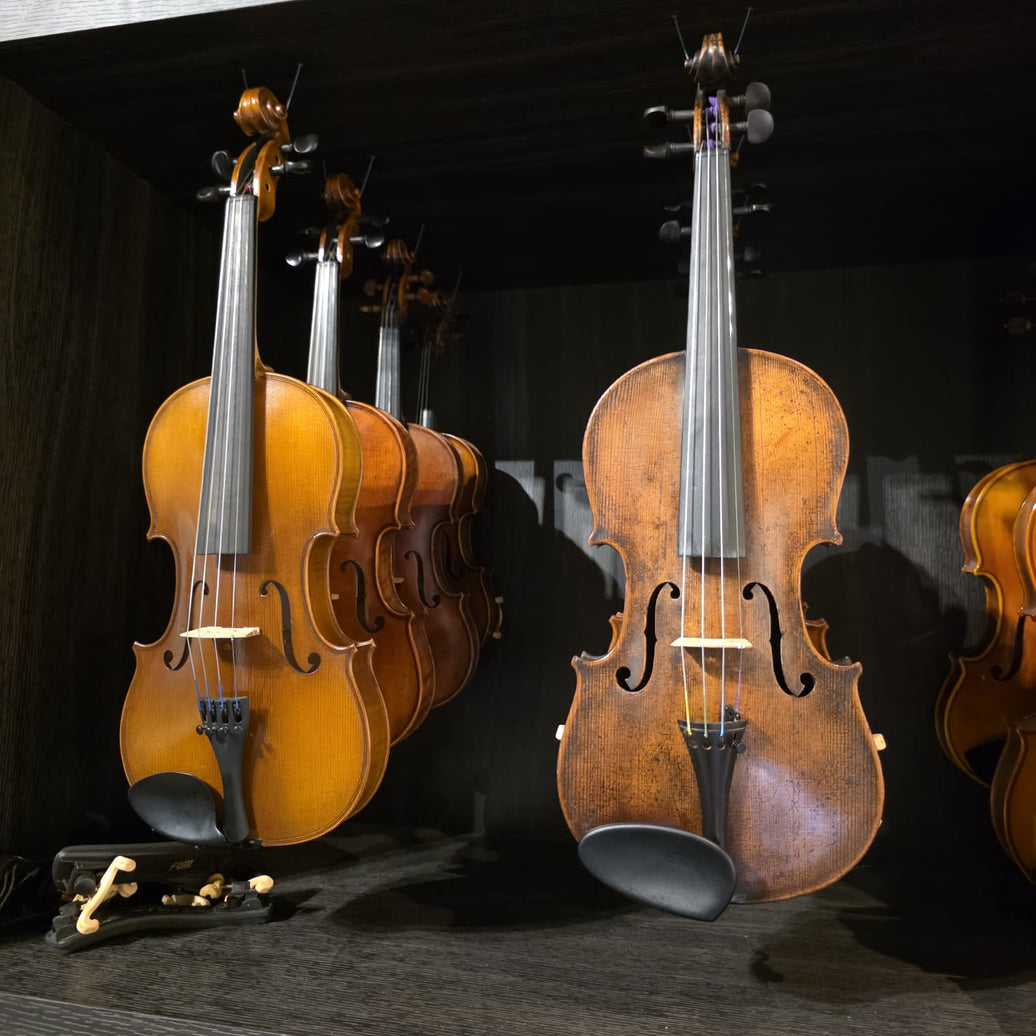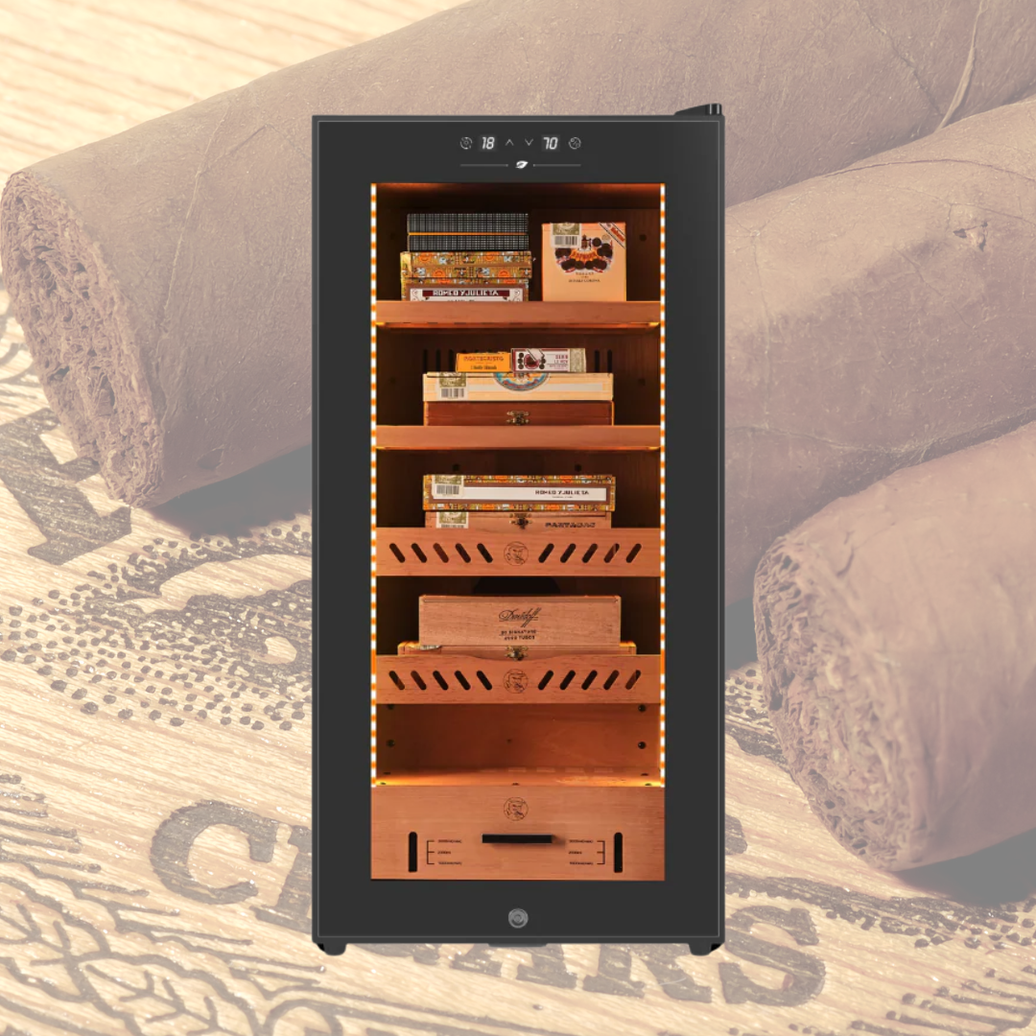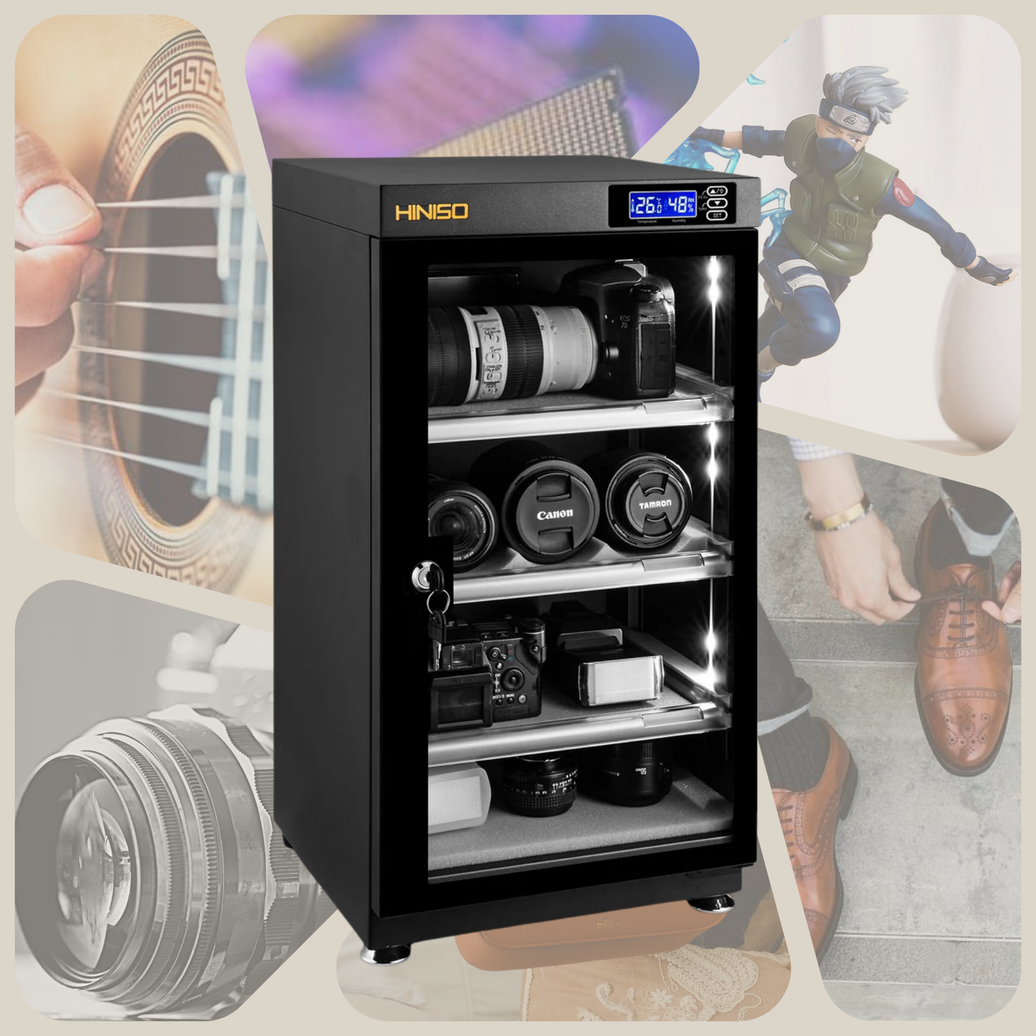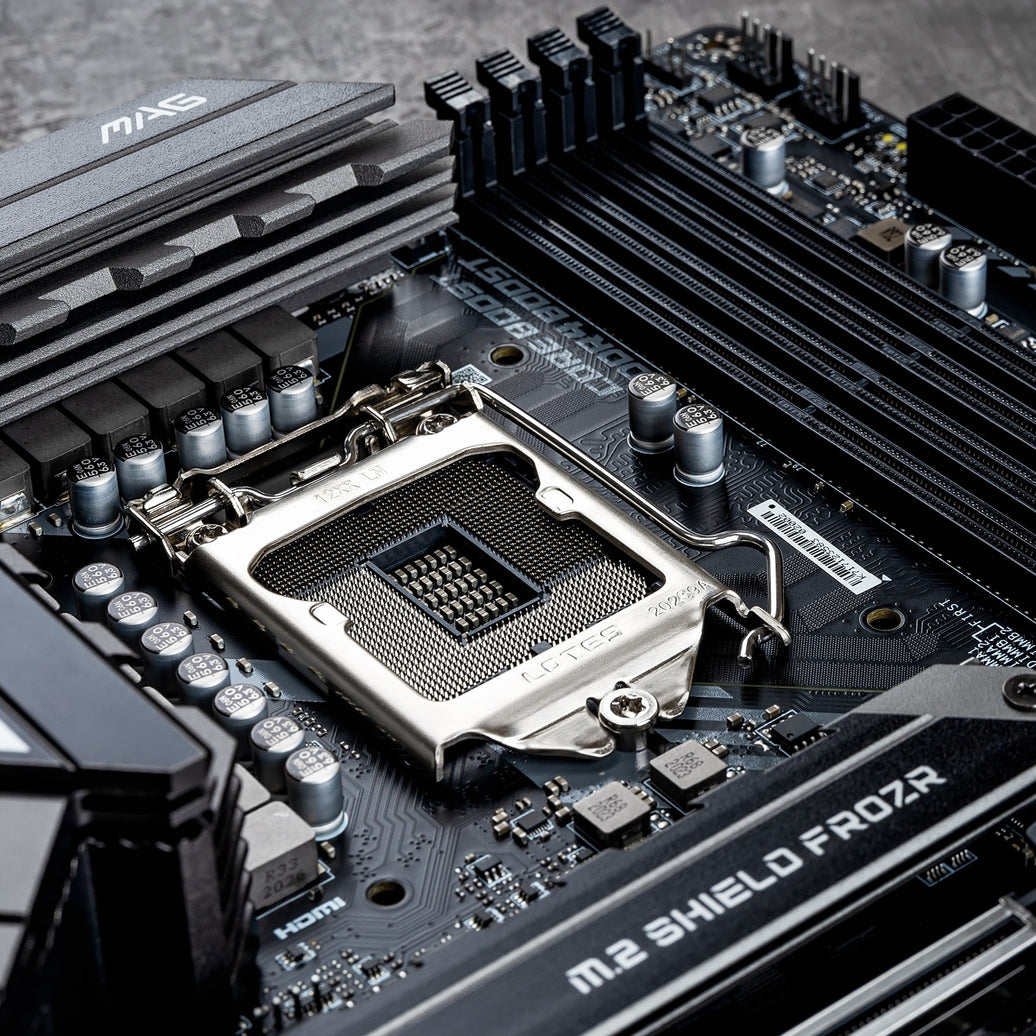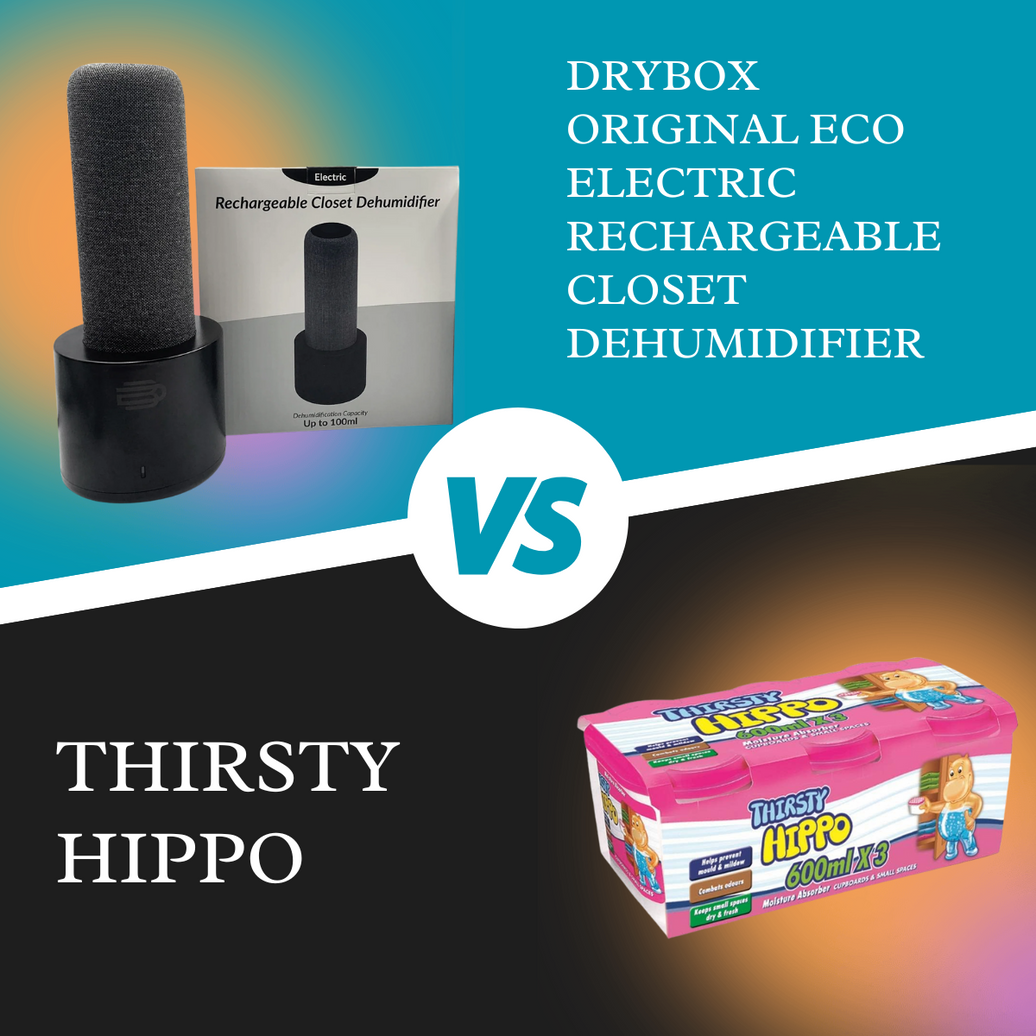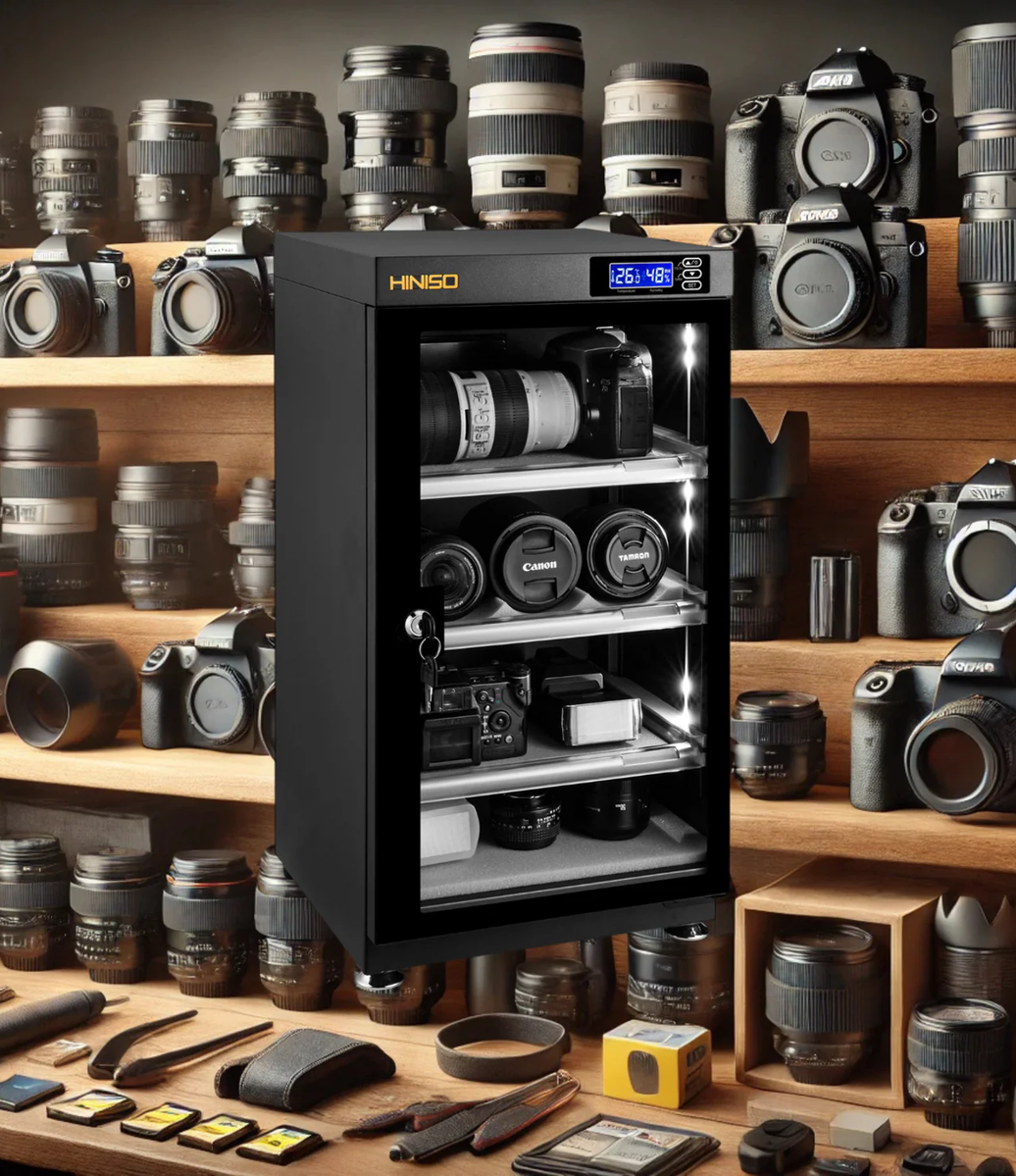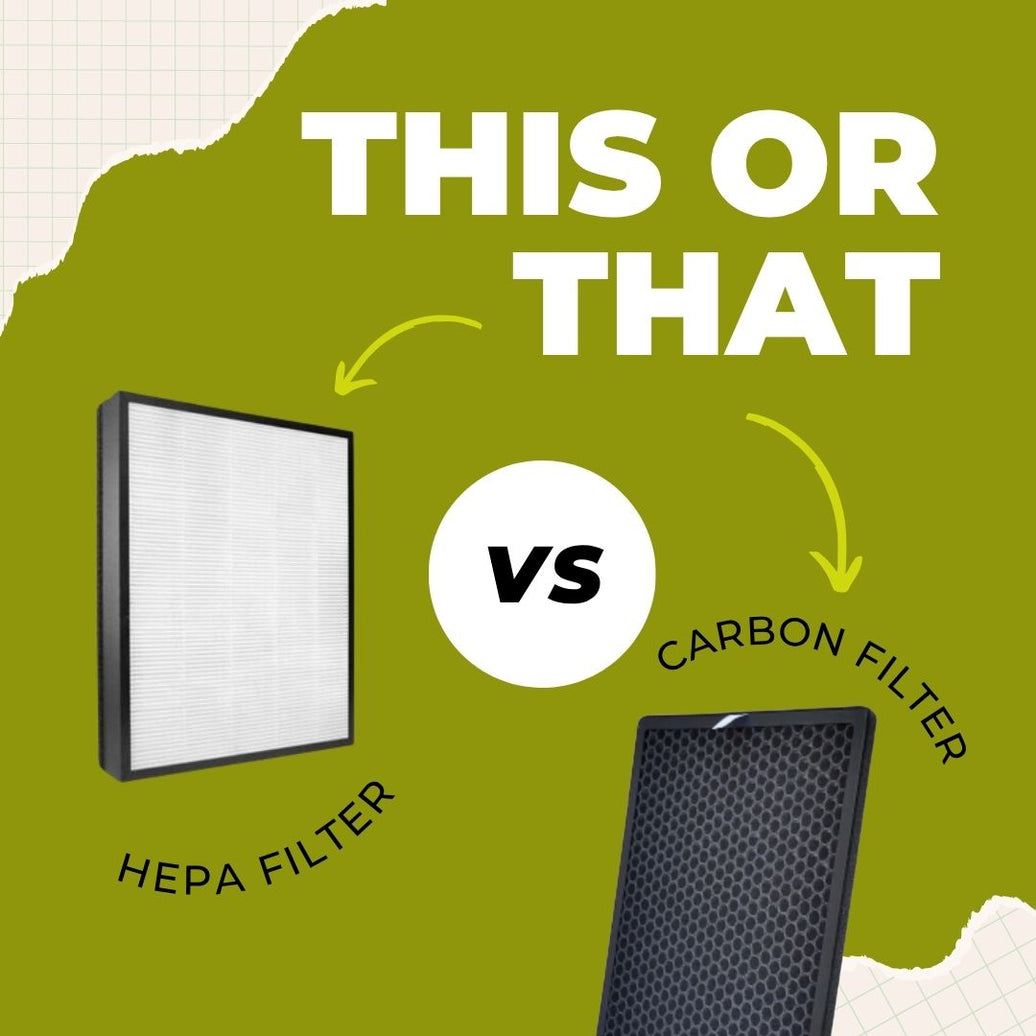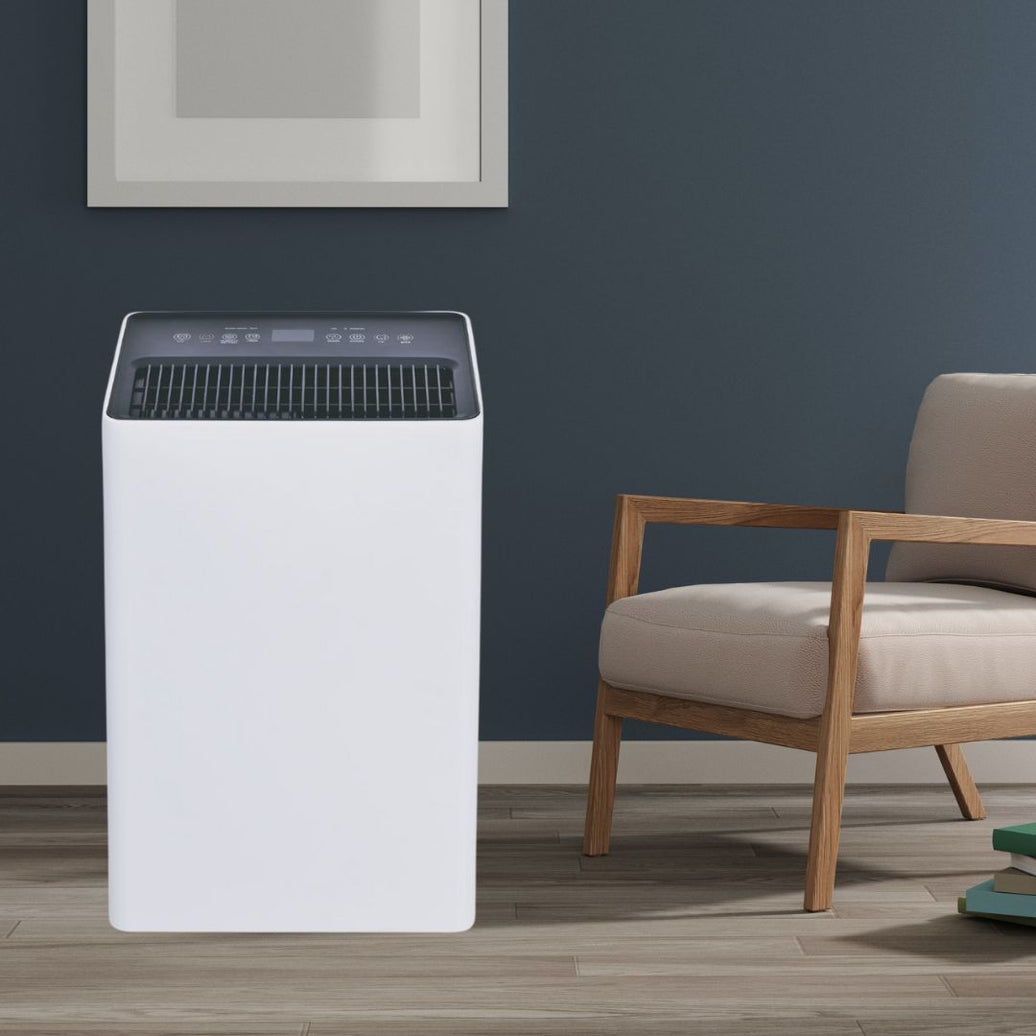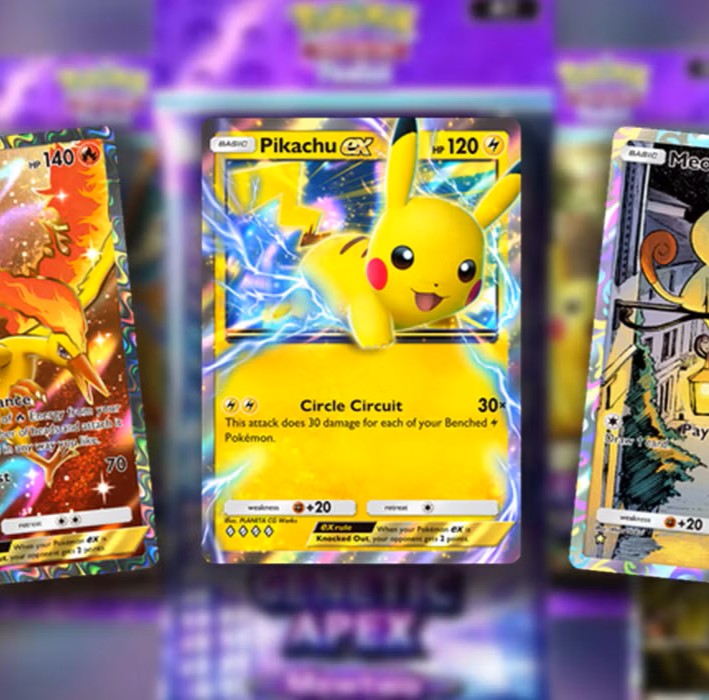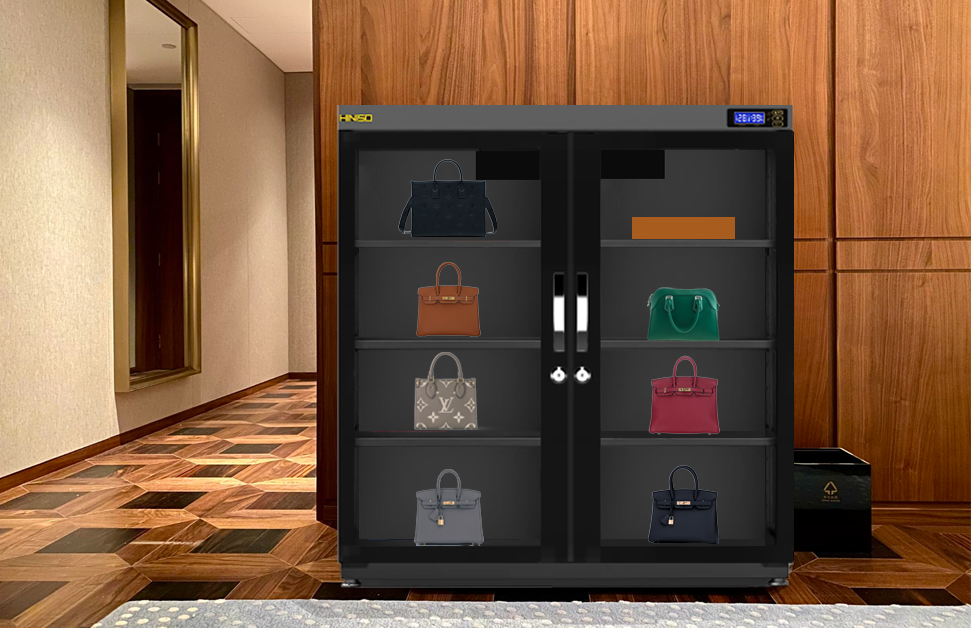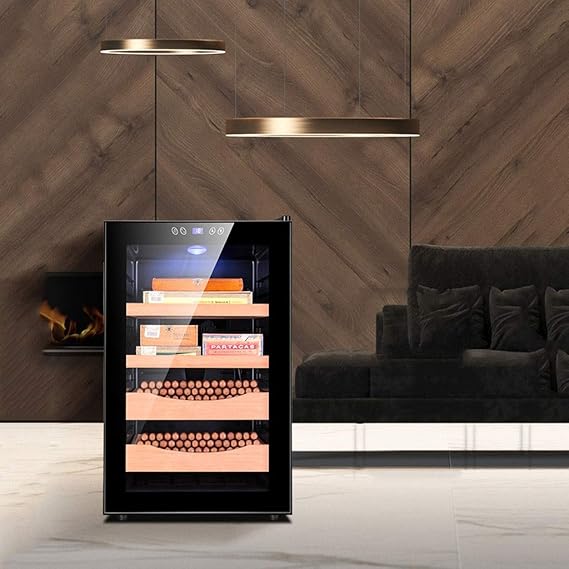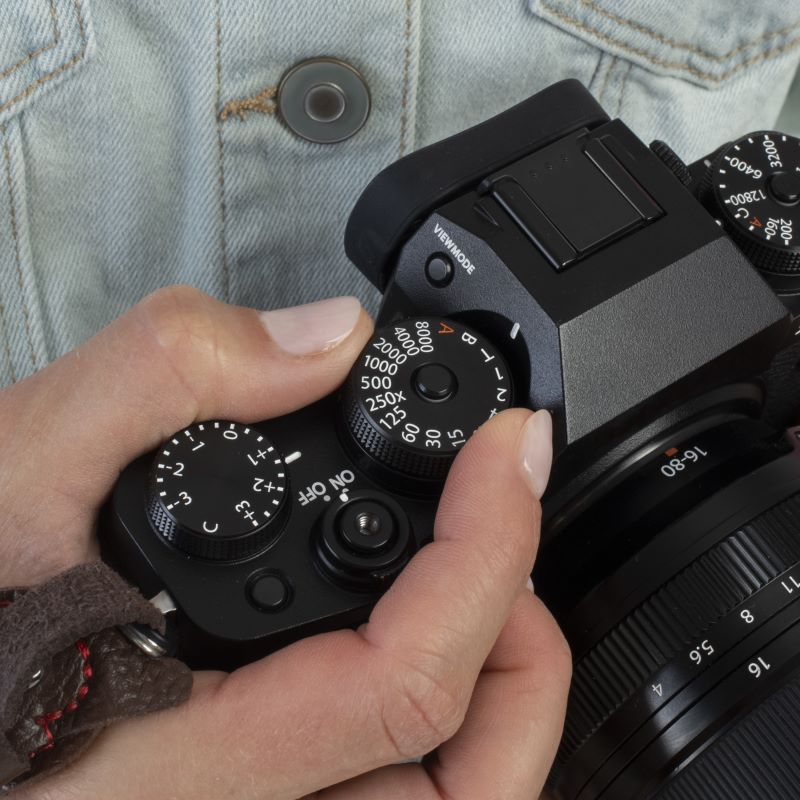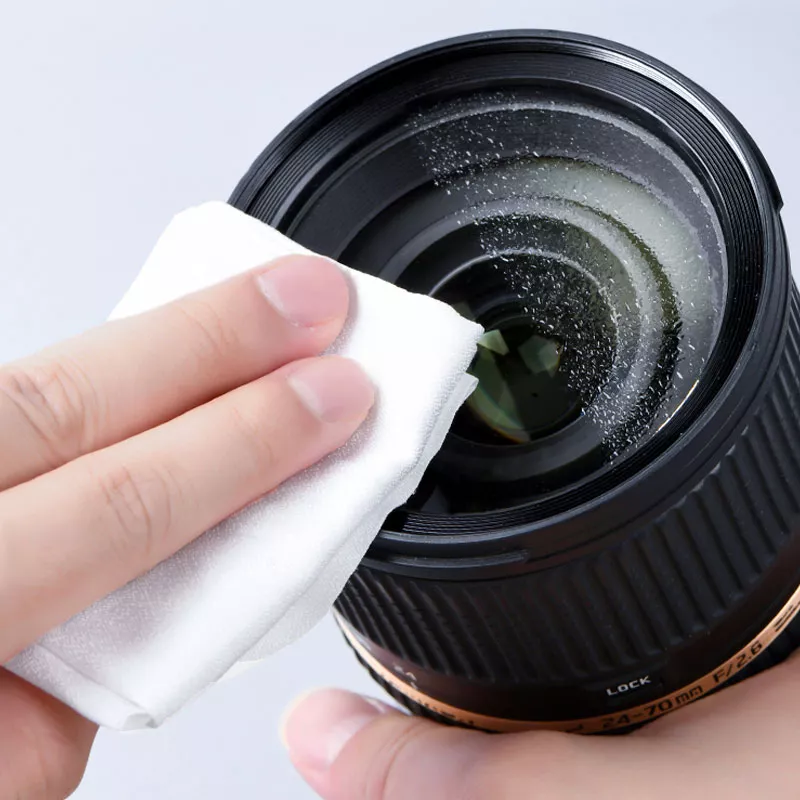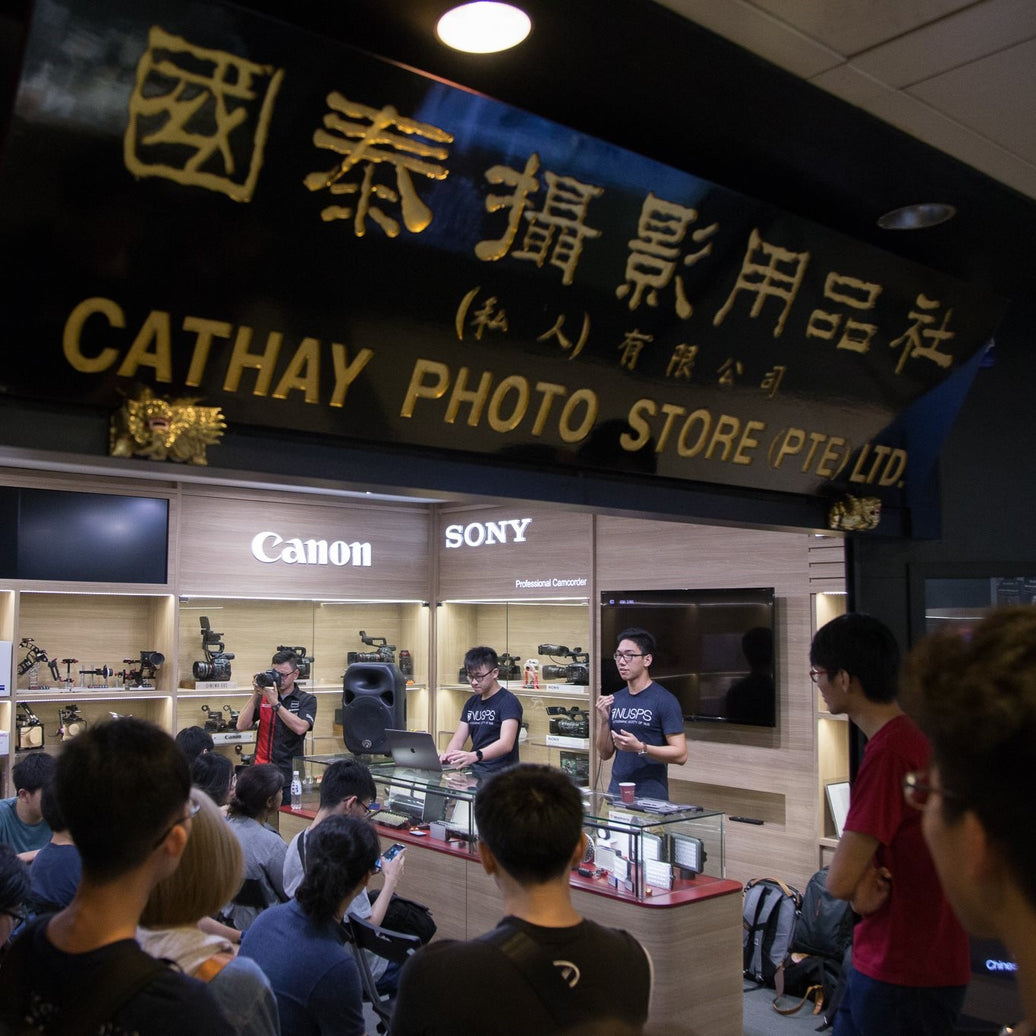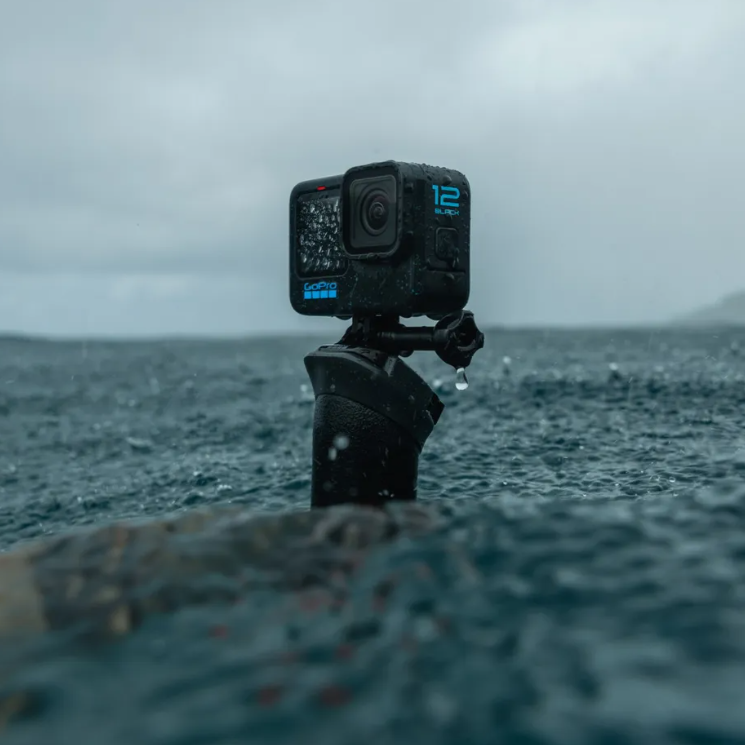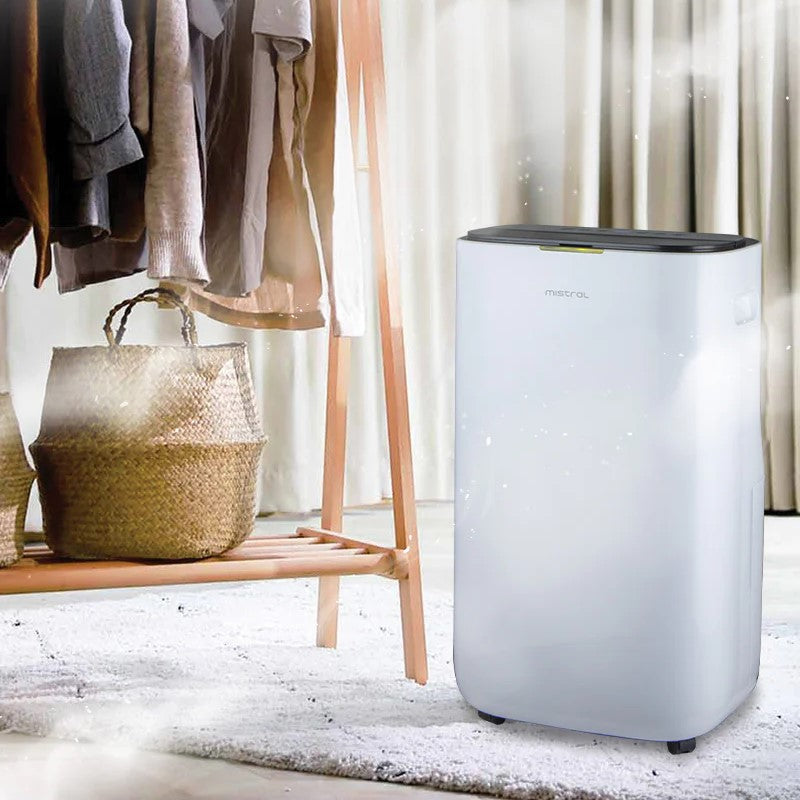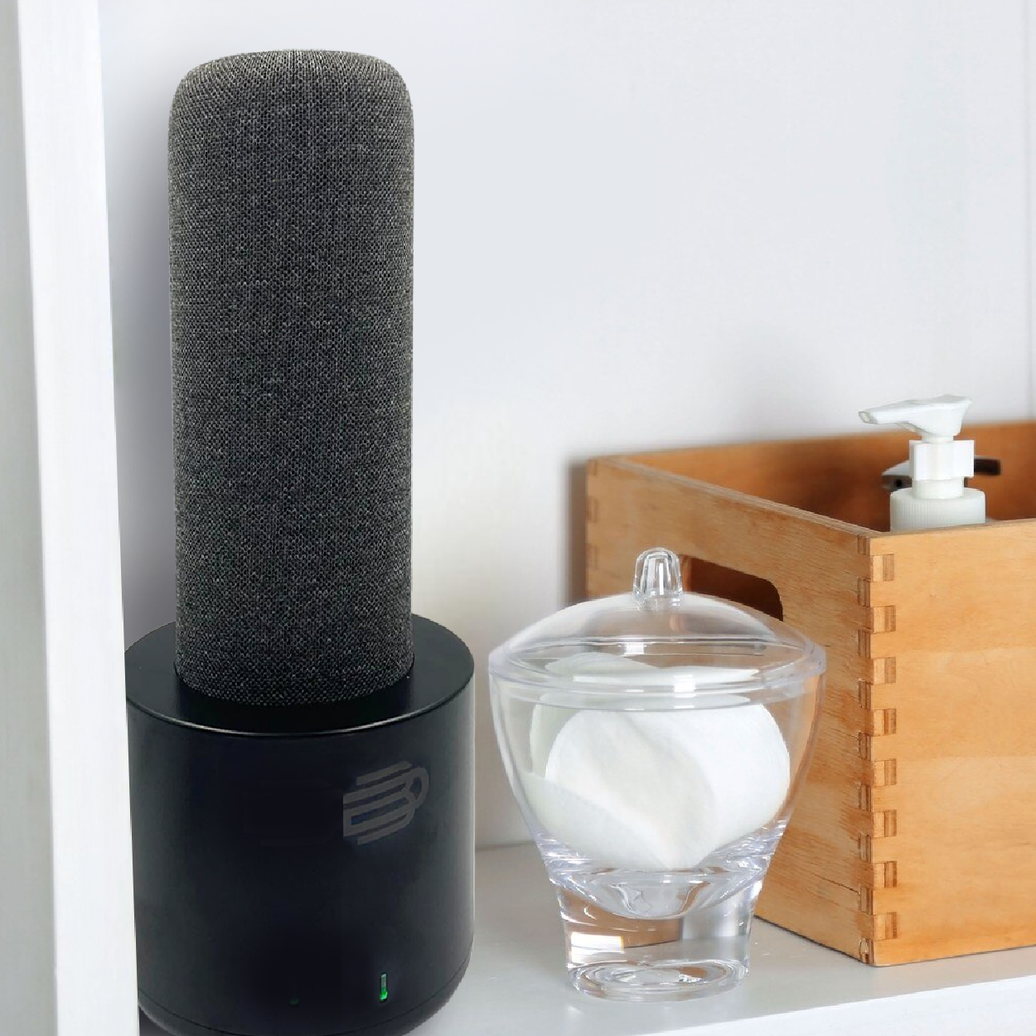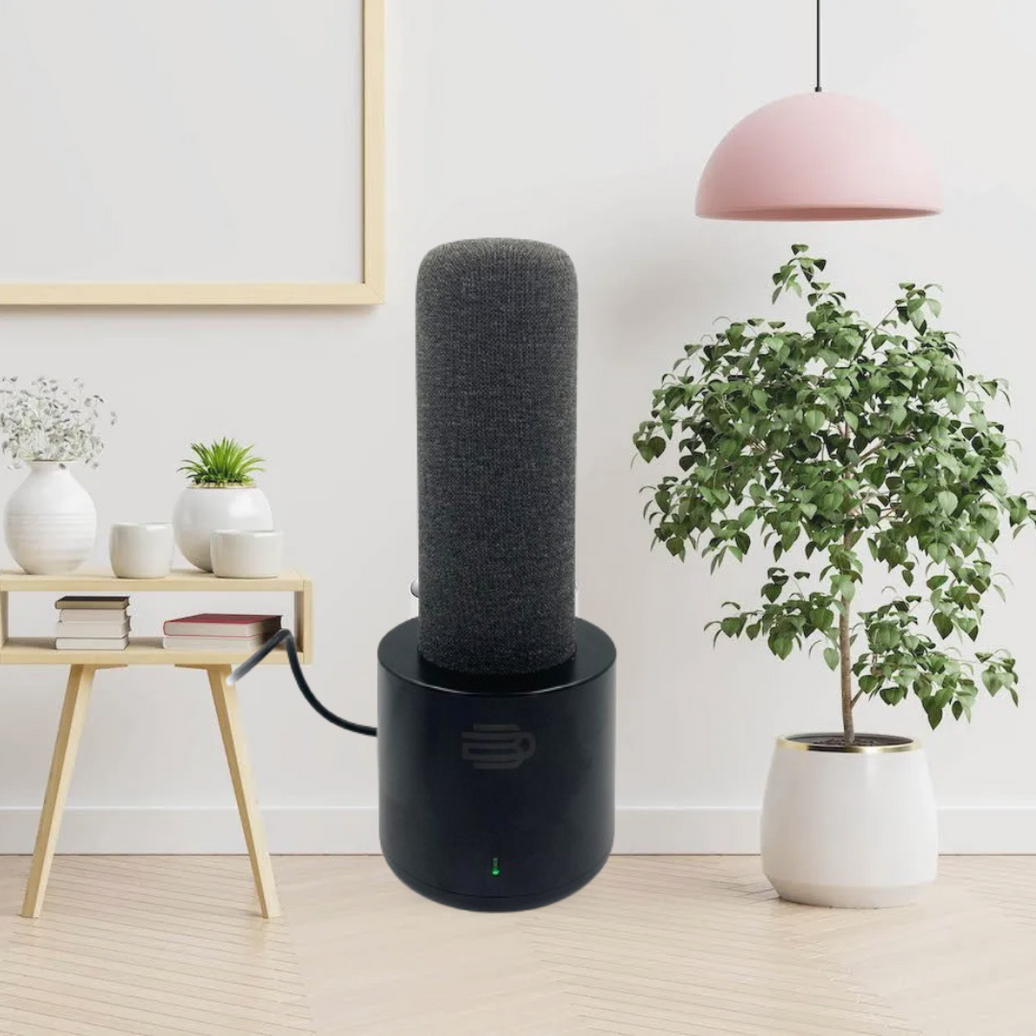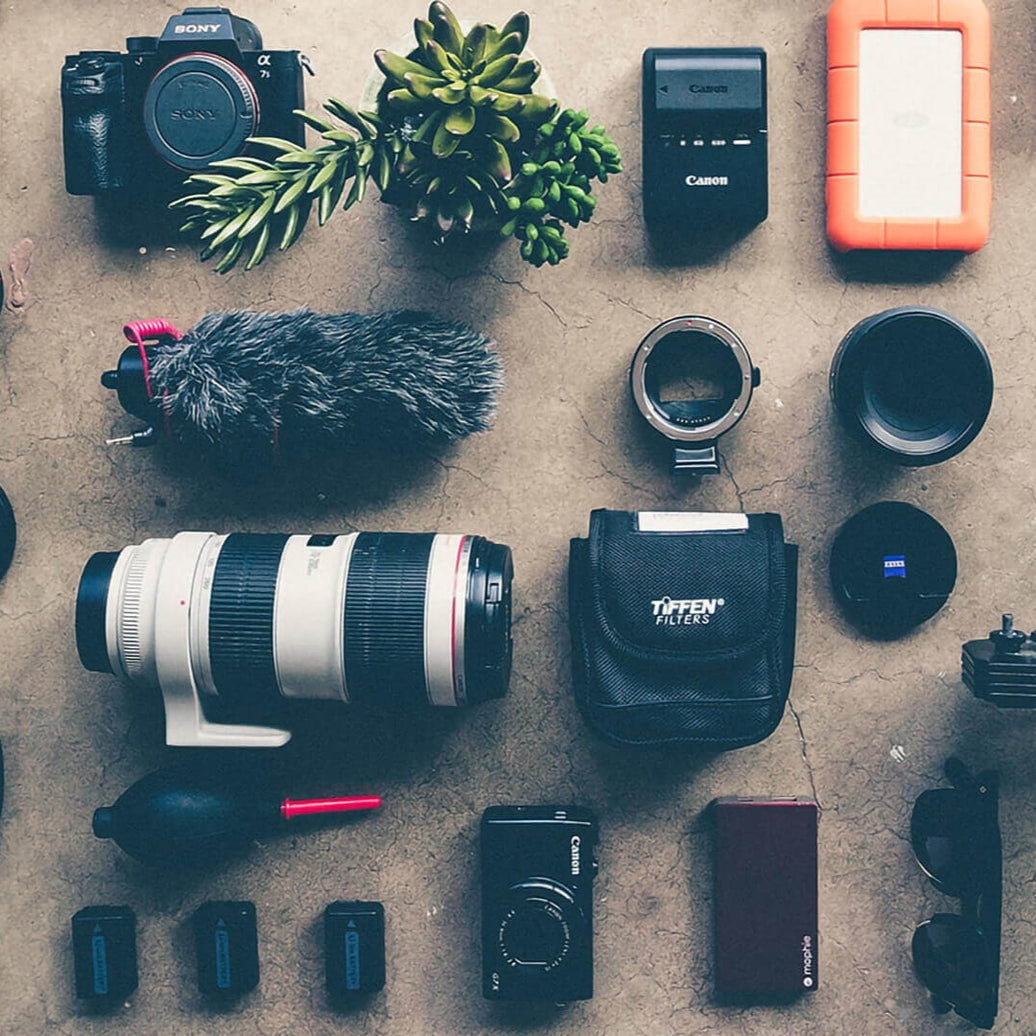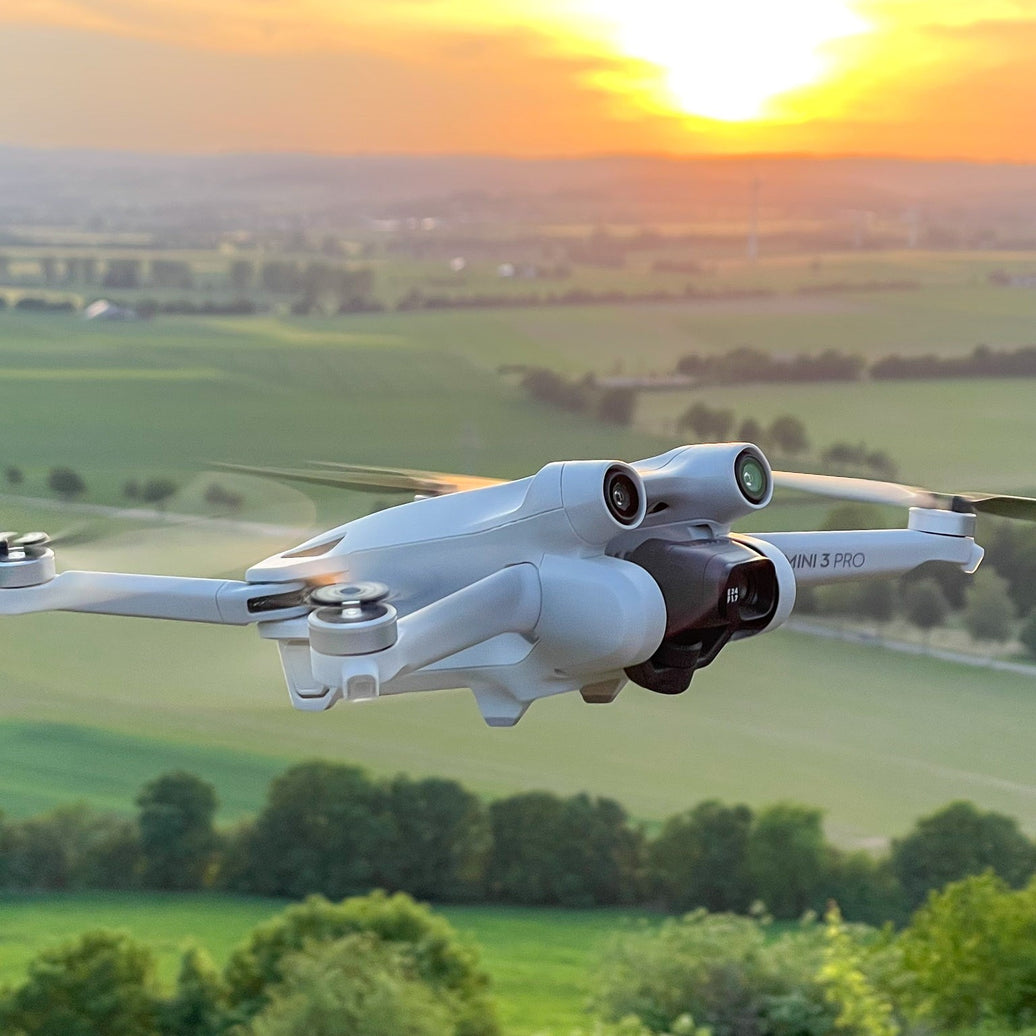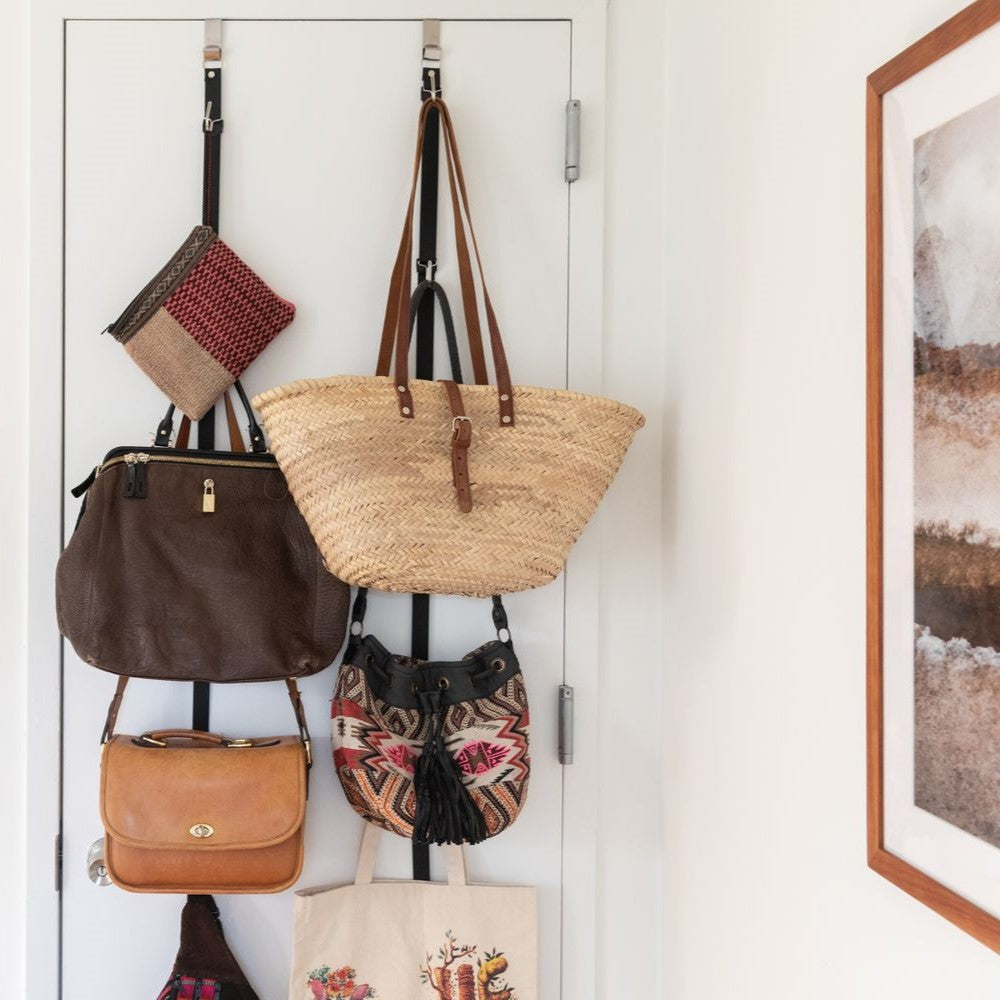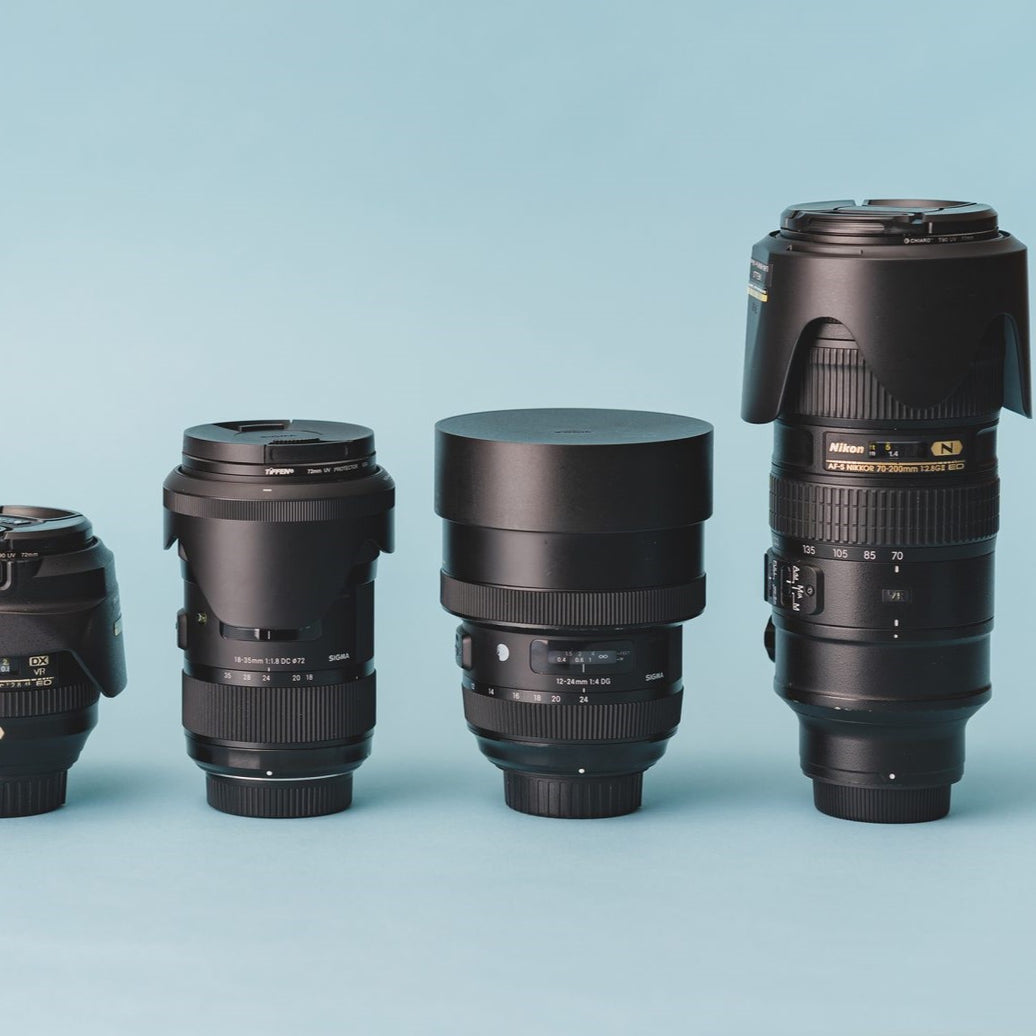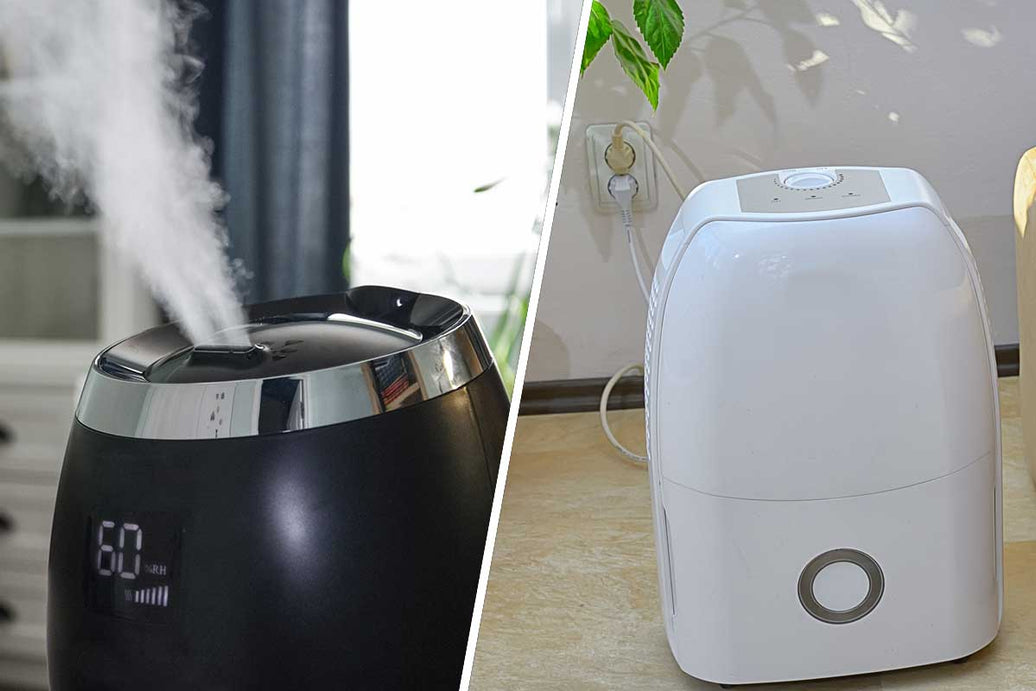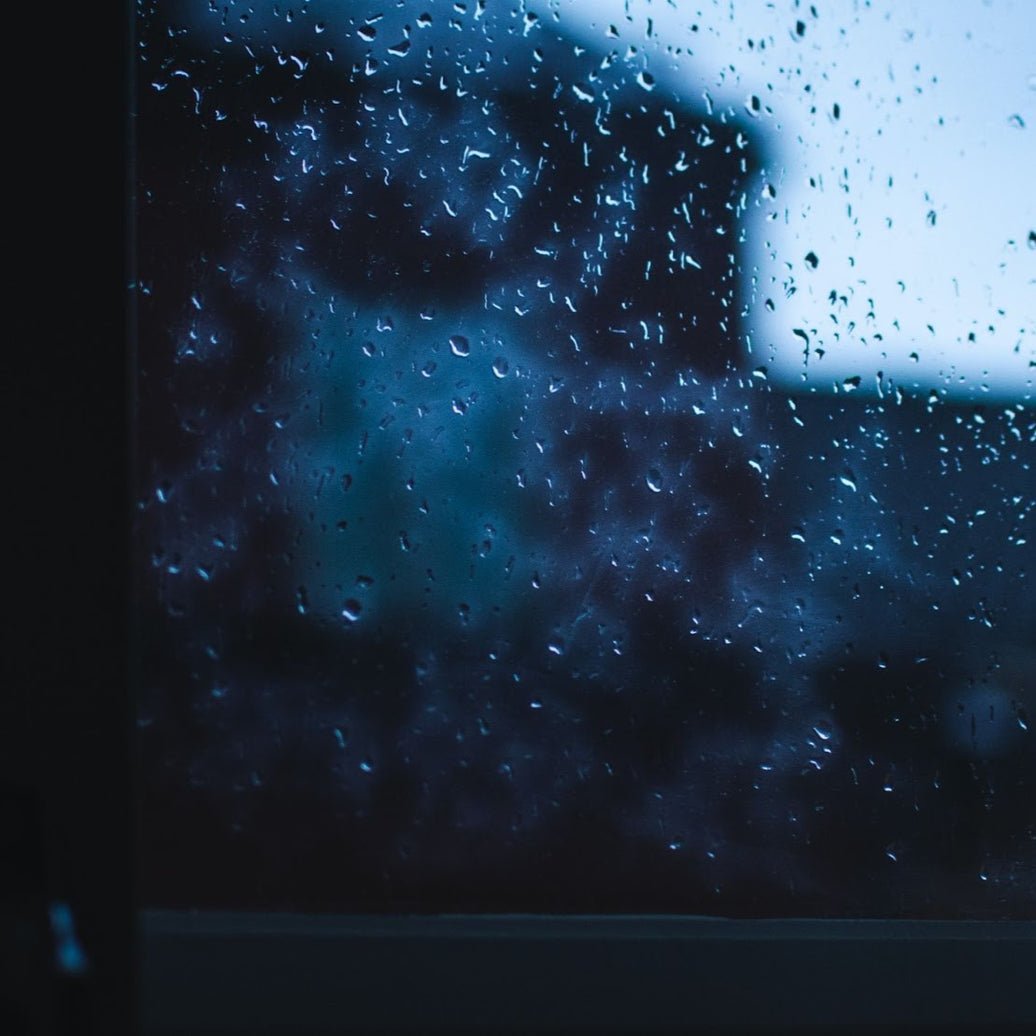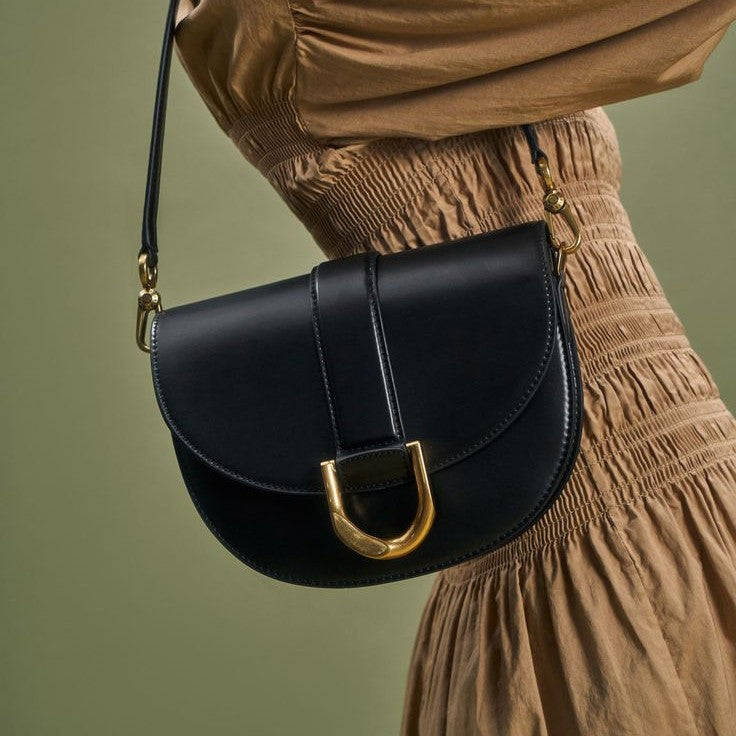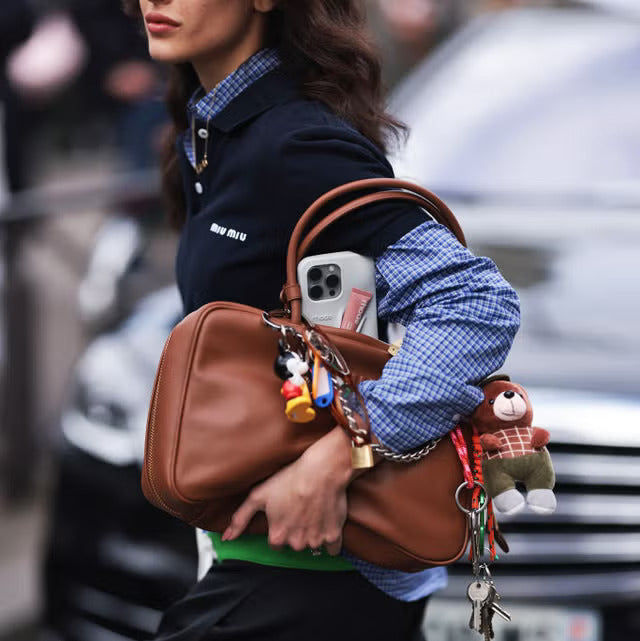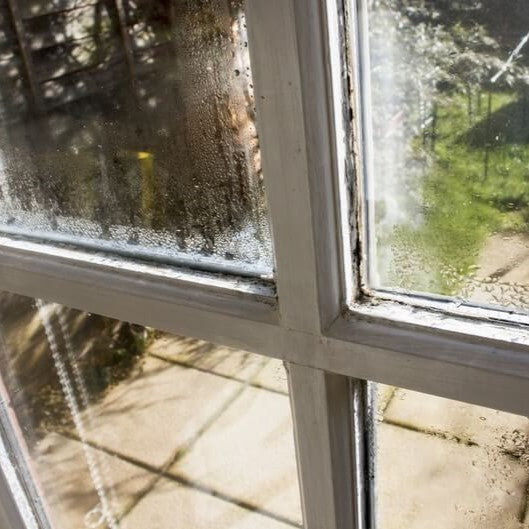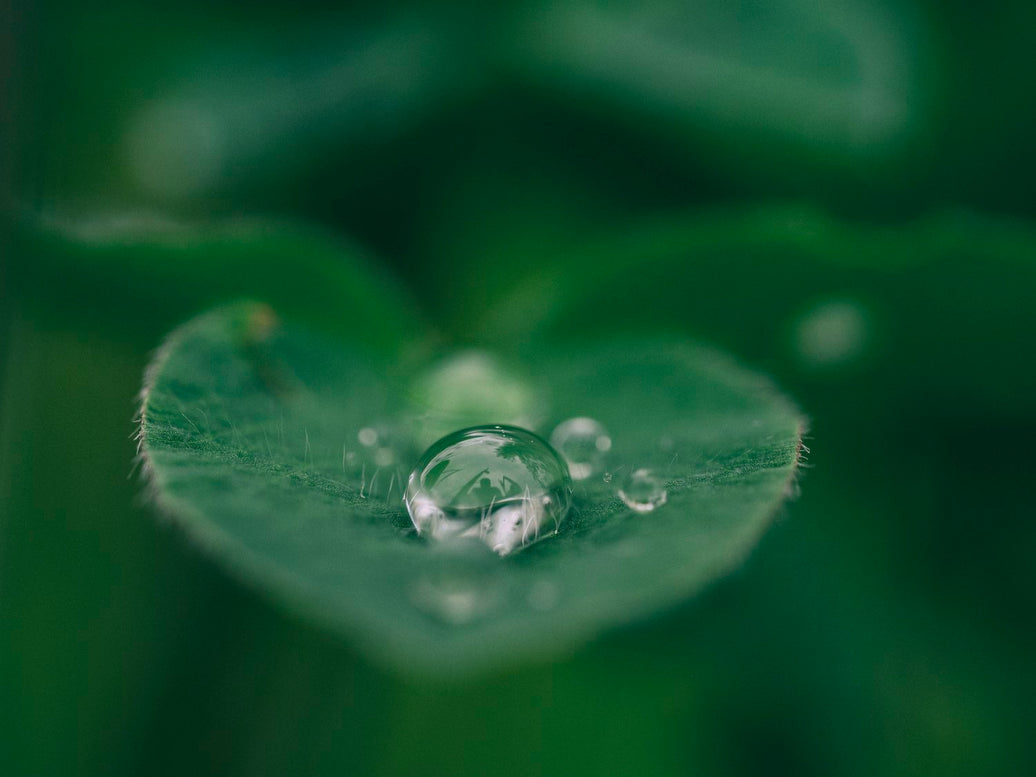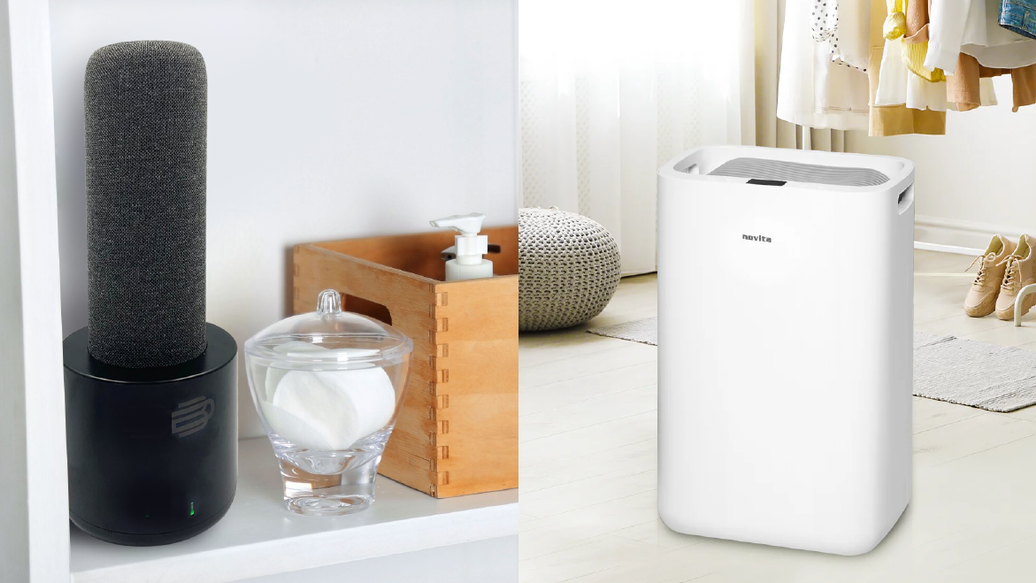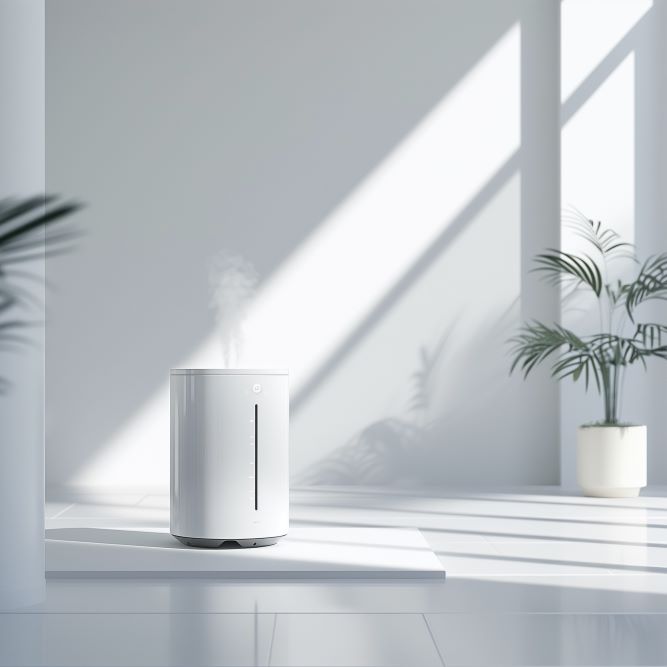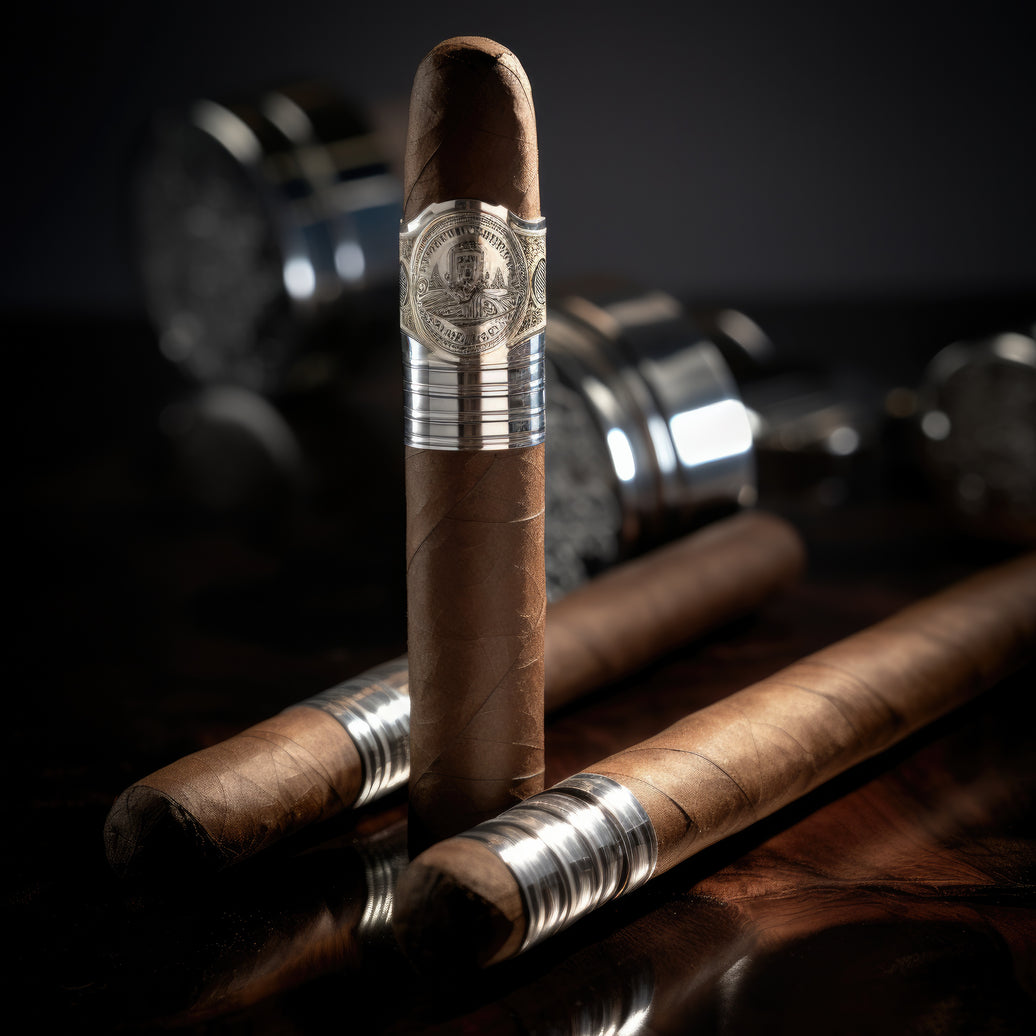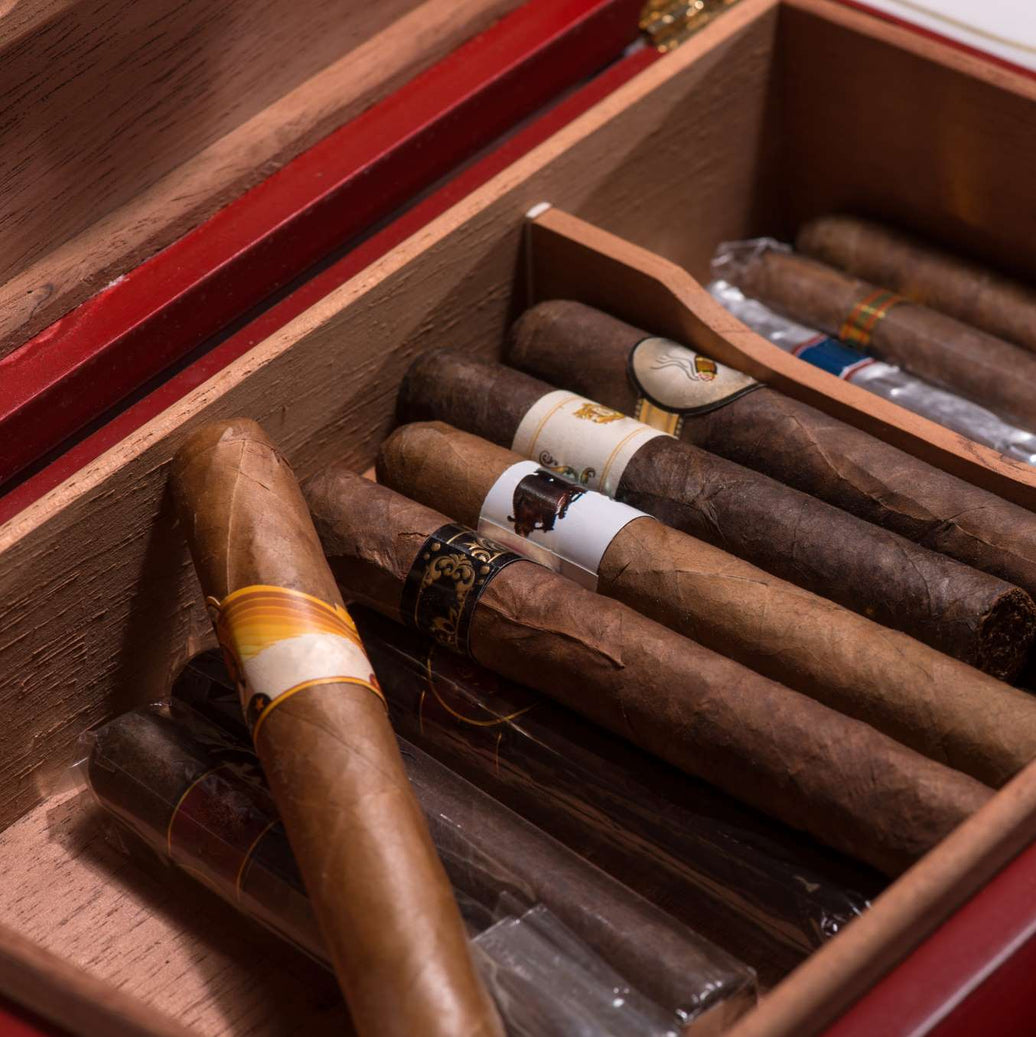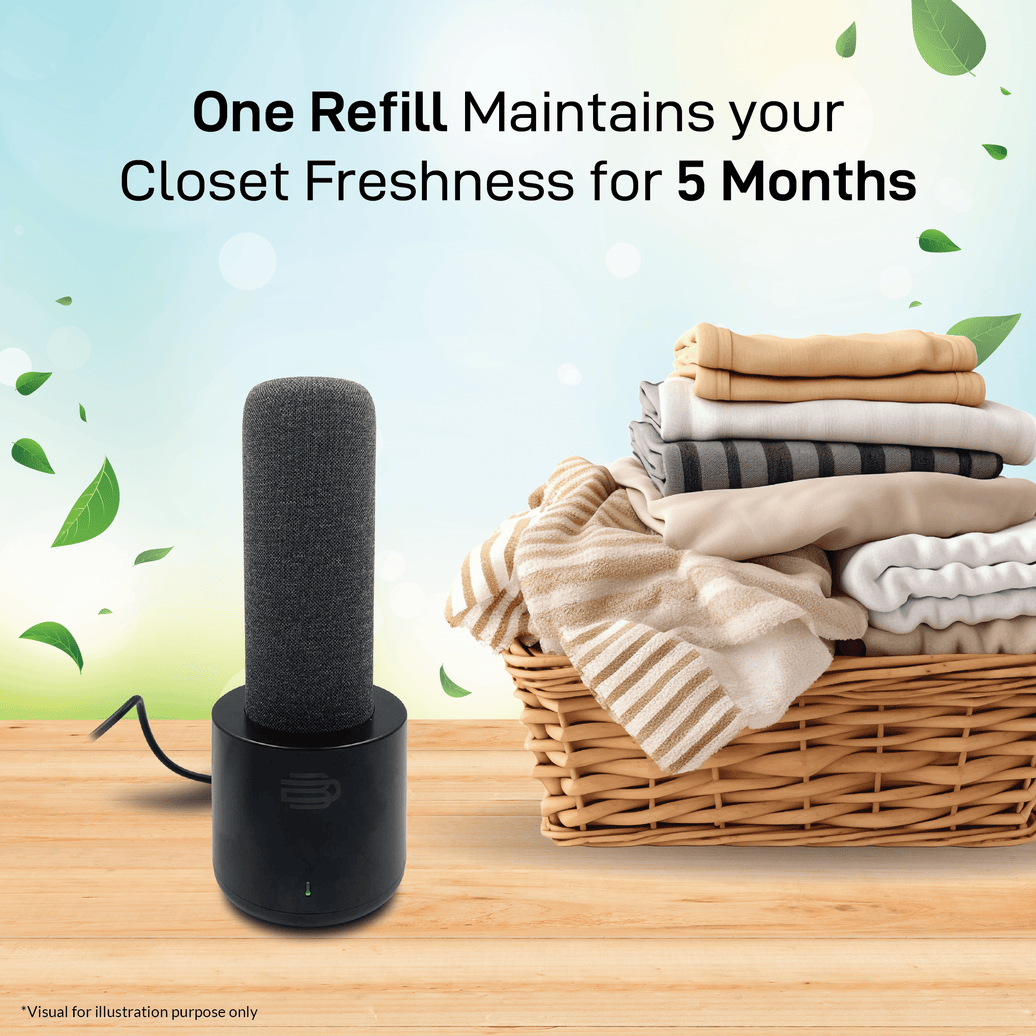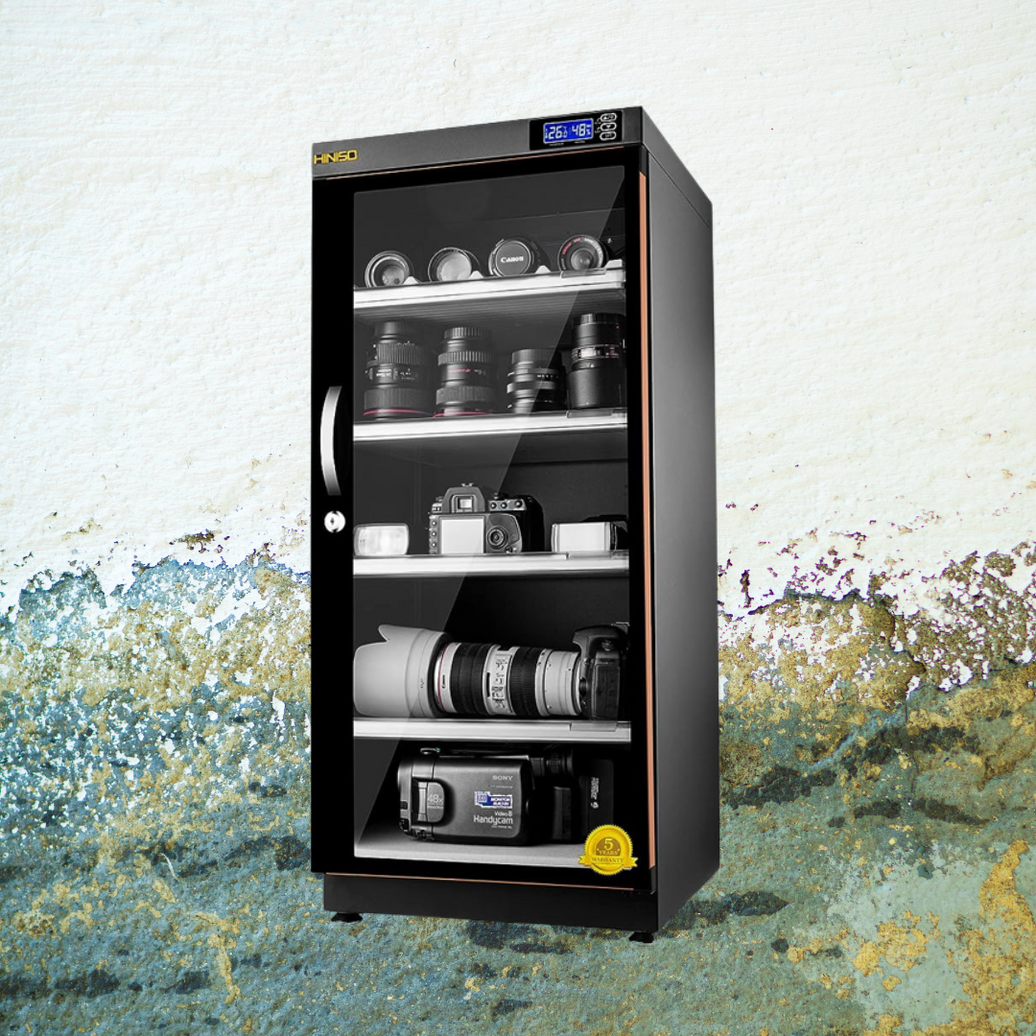If you’re just starting your photography journey, picking the right camera can be overwhelming. With so many types, features, and brands, it’s easy to get lost in tech jargon. This guide will help you understand the main camera types that suit beginners and give you five great model recommendations from different brands in 2025.
Types of Cameras for Beginners
1. Compact Cameras (Point-and-Shoot)
Perfect for casual users who want something small, lightweight, and easy to operate.
-
Pros: Affordable, portable, fully automatic options.
-
Cons: Limited manual controls and smaller sensors.
2. DSLR Cameras
Great for beginners who want to grow their skills with interchangeable lenses and manual settings.
-
Pros: Wide lens selection, strong battery life, optical viewfinder.
-
Cons: Bulkier and heavier than other types.
3. Mirrorless Cameras
Ideal for beginners who want DSLR-quality images in a smaller, lighter body.
-
Pros: Compact size, electronic viewfinder, fast shooting.
-
Cons: Shorter battery life compared to DSLRs.
4. Bridge Cameras
A hybrid between a compact and DSLR, with a fixed zoom lens but more controls.
-
Pros: Huge zoom range, manual settings, versatile.
-
Cons: Larger than compacts, smaller sensors than DSLRs.
5. Instant Film Cameras
Fun for beginners who want tangible prints right away.
-
Pros: Instant photo gratification, retro appeal.
-
Cons: Limited image quality, cost of film.
5 Best Beginner-Friendly Cameras (2025)
1. Canon EOS Rebel T8i (DSLR)
-
Why It’s Great: User-friendly interface with advanced features for growth.
-
Key Specs: 24.1MP, Dual Pixel AF, 4K video.
-
Best For: Beginners aiming to learn photography fundamentals.
2. Nikon Z50 (Mirrorless)
-
Why It’s Great: Compact, excellent low-light performance, intuitive controls.
-
Key Specs: 20.9MP, 4K UHD, tilting touchscreen.
-
Best For: Those who want a lightweight yet powerful option.
3. Sony ZV-E10 (Mirrorless)
-
Why It’s Great: Designed for vloggers and beginners, superb autofocus.
-
Key Specs: 24.2MP, 4K video, interchangeable lenses.
-
Best For: Beginners interested in both photography and video content.
4. Fujifilm X-T30 II (Mirrorless)
-
Why It’s Great: Retro design with powerful image quality and film simulations.
-
Key Specs: 26.1MP X-Trans CMOS 4, 4K/30p video.
-
Best For: Creative beginners who love vibrant colors and aesthetics.
5. Panasonic Lumix FZ1000 II (Bridge Camera)
-
Why It’s Great: Incredible zoom range and solid image quality.
-
Key Specs: 20.1MP, 4K video, 16x optical zoom.
-
Best For: Travel enthusiasts who want one all-in-one camera.
Final Tips Before Buying
-
Set a budget: Include accessories like memory cards, lenses, and bags.
-
Consider your main use: Photos, videos, or both.
-
Test the feel: Comfort and button layout matter.
-
Plan for the future: Pick a system that lets you grow with lenses and accessories.
Storing Your Camera in a Dry Cabinet
Proper storage of your camera and lenses is essential to maintain their longevity and performance, especially in humid climates. Storing your camera gear in a dry cabinet can protect it from moisture, mold, and dust, all of which can cause damage over time. A dry cabinet maintains a controlled environment with consistent humidity levels, ensuring your equipment stays safe and in peak condition. This is particularly important for lenses and electronic components that are sensitive to changes in humidity. Consider investing in a dry cabinet if you live in a humid area, or if you plan on storing your camera gear for extended periods between shoots.







